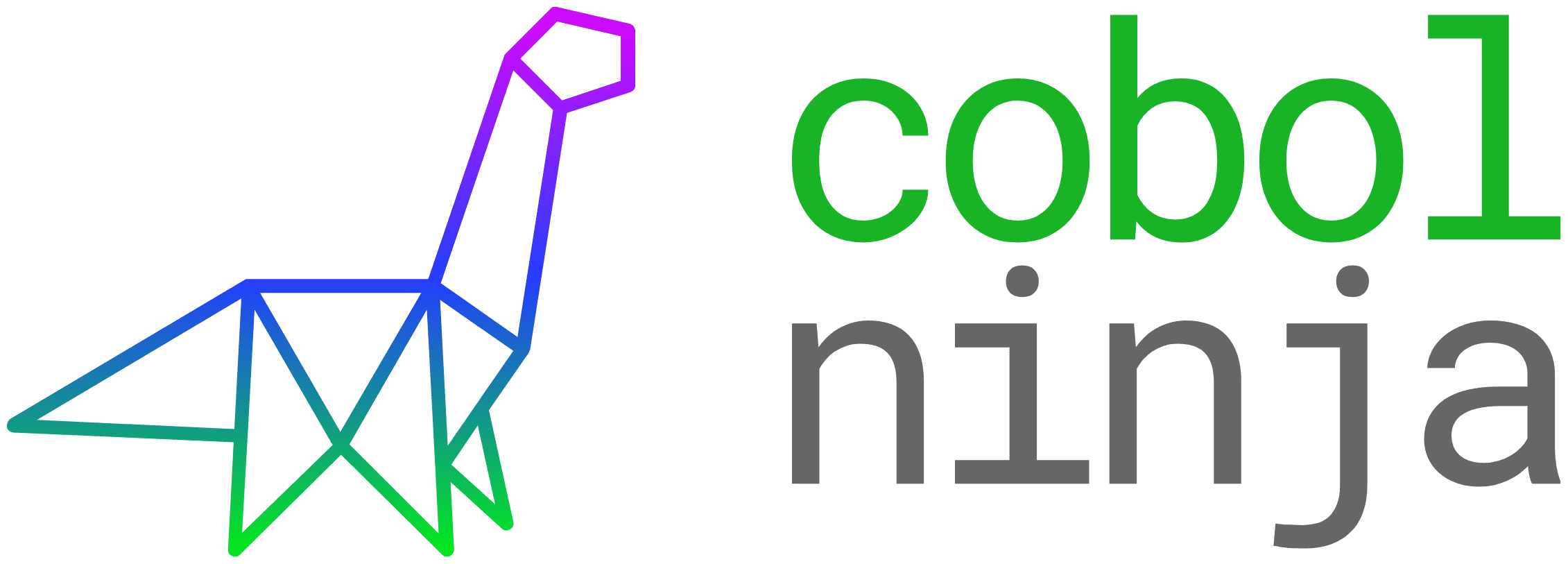Introduction to Programming
The Cobol Ninja Programming course helps you start your programming journey on the right foot by learning and understanding the foundational principles that all developers need to know, regardless of platform and language. We provide simple explanations so that even if you’re new to code, you can quickly get acquainted with the basics – no previous knowledge of experience is needed. From variables to loops and conditions, arrays and database tables, we’ll help demystify the core concepts of programming, so that you will you can realize your full potential and shine.
The Cobol Language
After more than 60 years, the Cobol programming language is still the most widely used programming language in the world. Becoming a Cobol programmer can open new doors to long-term stability and professional opportunities. In the Cobol Ninja Course you’ll learn how to master the Cobol programming language, and the essential components of what make a great developer: writing source code, advanced structured programming techniques, testing and debugging techniques, development principles and performance tuning.
The course also includes an introduction to the RPG language
Operating System
Computer programs don’t run on their own – they are run under computer operating systems. A Cobol programmer needs to have a basic understanding of what computer operating systems are, what they do, and how to develop and run software under them.
The majority of Cobol employment opportunities are in large organizations within the government and business sectors, most of whom use very large computers with hardware and operating systems manufactured by IBM.
In order to prepare you for the real world, you will learn how to create and run your Cobol programs on a large IBM computer knows as the IBM iSeries, formerly known as the AS/400. You will learn to use the various tools this operating system provides so that you can create robust business applications.
Database
Cobol programs can do many things, but they are best known for their exceptional ability to access and process data stored in a Database Management System. And to this day, they still do so better than any other programming language.
In this course your will learn how to use IBM’s flagship database – DB2, the most powerful and stable database for large enterprises. You will learn how to create, update and access database tables from within Cobol programs, using both native Cobol and SQL.
All Database Management Systems provide the same functionality and work in a very similar way – this course will open the way for you to learn to work with other leading databases such as Oracle, SQLServer, and others.




